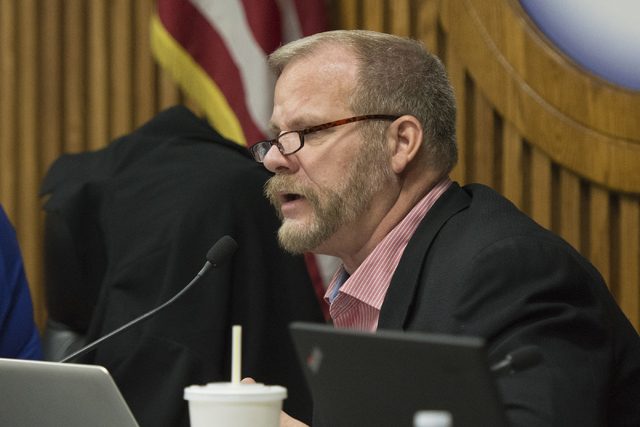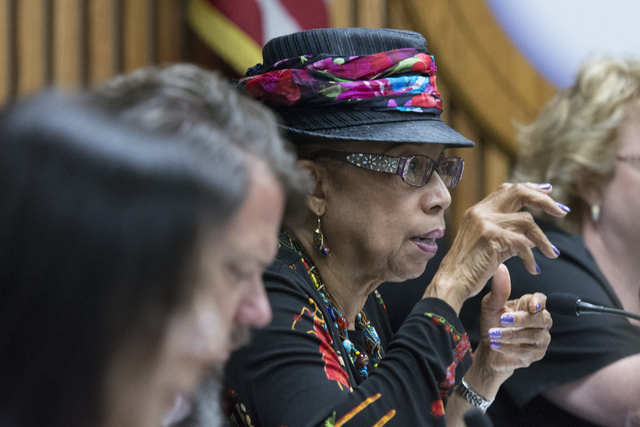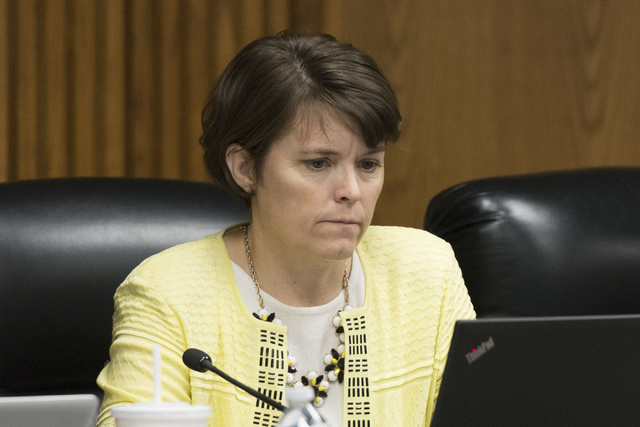Why more money won’t fix CCSD’s budget problems



Education spending in Nevada keeps going up, but the Clark County School District keeps complaining it doesn’t get enough.
That paradox has dominated Nevada’s education debate over the past decade, but one side tends to get the most traction.
Earlier this month, school district officials announced they had to close a $34.5 million budget hole.
Cue the ominous music.
But first, let’s take a stroll down memory lane.
In 2012, then-Superintendent Dwight Jones claimed the school district had cut nearly $600 million. In 2015, a revenue shortfall drove the district to increase class sizes. In 2016, a tighter budget forced the system to increase class sizes again.
You’d think education funding in Nevada had taken a nose dive off the Stratosphere. But it’s really just a cynical charade. The Clark County School District’s cries about shortfalls assume the public never notices that education funding is increasing.
Some perspective is helpful.
When Nevada’s economy tanked and the unemployment rate tripled between 2007 and 2010, the Clark County School District reduced its general fund by $90 million over three years. That’s a far cry from nearly $600 million.
Why did the system have to “cut” so much more in 2012? It based that claim on not obtaining funding it hoped to receive. This is like claiming a $6,000 pay cut when your boss drops your salary by $1,000 because you planned on a $5,000 raise.
Only in government.
Current rhetoric ignores avalanches of new funding. Just two years ago, Gov. Brian Sandoval pushed through the largest tax increase in Nevada history, specifically to boost education funding. He and legislators further expanded funding earlier this year.
Clark County’s basic per-pupil funding has gone up. Since 2015, the system has been receiving around $100 million more a year in new dedicated funding for programs like Read by 3, full-day kindergarten and Zoom/Victory schools. The Clark County School District has more money now than it’s ever had before. It has budgeted $2.78 billion for the upcoming school year in its general and special education funds.
Despite that, Democrat gubernatorial candidate Steve Sisolak promises on his website to “restore (education) funding to at least pre-recession levels.” This would be like Donald Trump pledging to put a man on the moon. Both happened years ago.
“We need an audit,” says School Board Trustee Kevin Child. “We need to know where we’re at and then we can know where we need to cut.”
An independent audit is a great idea. That’s especially true if it’s a performance audit that looks at what the CCSD is getting for its money and not just tracking expenses. For now, though, we know where the money goes — personnel.
CCSD employs more teachers than ever before, and its student/teacher ratio is at a seven-year low. Nevada ranks 18th in teacher salaries, with the average teacher making $56,943 plus benefits. For perspective, the median household income in Nevada is $52,431.
But, thanks to collective bargaining, teachers get raises based on the number of classes they take as students, not how effective they are as teachers. It’s no wonder more spending isn’t boosting results.
The Clark County School District has a money problem. But it’s not a revenue problem. It’s a spending problem.
Victor Joecks’ column appears in the Nevada section each Sunday, Wednesday and Friday. Listen to him discuss his columns each Monday at 9 a.m. with Kevin Wall on 790 Talk Now. Contact him at vjoecks@reviewjournal.com or 702-383-4698. Follow @victorjoecks on Twitter.













